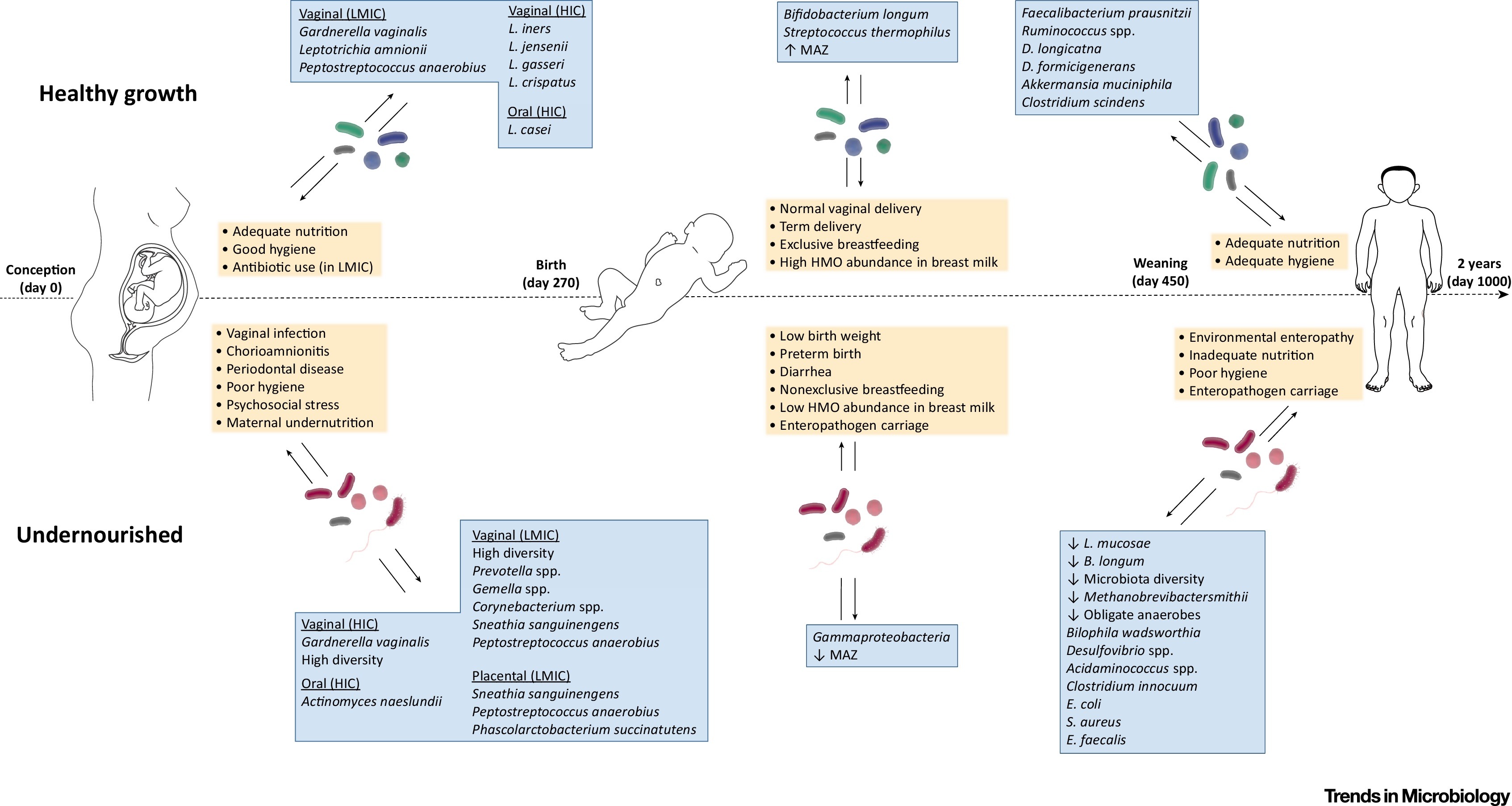
It is vital to eat well during pregnancy, regardless of whether you are vegetarian or vegan. You need to develop and grow during pregnancy, so it is important to have a balanced diet with all the nutrition you and your baby require.
Can you be vegan while pregnant?
You should always eat a range of foods to get a good variety of nutrients, regardless of whether you are a vegan or vegetarian. You will need to consume enough protein to support the development of your baby.
If you are a vegan, your diet should be rich in plant-based sources of protein including soy products (e.g., tofu, tempeh, seitan), beans and peas, nuts and seeds, grains and green leafy vegetables. Prenatal vitamins are also recommended to ensure you receive the essential minerals and vitamins.
Do vegans experience more miscarriages than other women?
It's impossible to know whether vegan women experience more miscarriages compared to non-vegetarians because there are so may factors that could lead to this. The diets of vegan women are likely to be lower in micronutrients like B12 and D than those of omnivorous mothers.

You can improve your health by becoming vegan when you are pregnant, especially during the second and thirth trimesters. This can reduce your risk for gestational diabetic, c-section, preeclampsia, and postpartum depressive disorders.
Diet is the single most important factor that determines your fertility and reproductive well-being. Therefore, it's essential to eat right at all times. You can consult a registered dietitian who can recommend the foods that will provide you with the maximum nutrition.
You need to eat extra servings of protein during the second and third trimesters of pregnancy because your body needs it to keep growing and develop properly. The vegetarian and vegan diets will help you meet your nutritional needs but should be planned well and supplemented by additional foods and supplements that are rich in protein.
Iron levels in vegetarian and vegan diets tend to be lower than those of omnivorous people. The body does not absorb iron from plants the same way it does from animal products.
You may need to take iron-rich vitamin supplements to make sure you get enough. This is especially true during the second- and third-trimesters of your pregnancy, when you should consume more iron rich foods like fortified cereals or tofu.

Vitamin D should also be included in every meal. You can get enough vitamin D through sun exposure or by taking supplements.
Your midwife/GP will be in a position to recommend a supplement suitable for you as well as your baby. Your vitamin D level should be adequate throughout your pregnancy. This can affect both your health as well as the development of your baby.
FAQ
How can I get enough vitamins?
Your diet can provide most of your daily requirements. However, if you are deficient in any particular vitamin, taking supplements can help. You can take a multivitamin supplement that contains all the vitamins you need. Or you can buy individual vitamins from your local drugstore.
Talk to your doctor if there are any concerns about getting adequate nutrients. For example, dark green leafy vegetables such as spinach, broccoli, kale, collard greens, turnip greens, mustard greens, bok choy, romaine lettuce, arugula, and Swiss chard are rich in vitamins K and E. Other good sources include oranges, tomatoes, strawberries, cantaloupe, carrots, sweet potatoes, pumpkin, and squash.
Ask your doctor to help you determine the right amount of vitamin. He or she will recommend the appropriate dosage based on your medical history and current health status.
How can I live my best everyday life?
The first step towards living your best life everyday is to find out what makes you happy. You can then work backwards once you have identified your happiness. You can also inquire about the lives of others.
You can also check out books like "How to Live Your Best Life" from Dr. Wayne Dyer. He talks about how to find happiness and fulfillment at all stages of our lives.
How can weight change with age?
How do you know if your bodyweight changes?
When there is more muscle mass than fat, weight loss can occur. This means that calories must be consumed at a rate greater than energy. Reduced activity is the leading cause of weight gain. Other factors include stress, pregnancy and hormonal imbalances. When more fat is consumed than muscle mass, weight gain occurs. This happens when people consume more calories than they burn during the day. The most common causes are overeating, increased activity, hormonal changes, and excessive calories.
We eat less calories than we burn, which is the main reason our bodies lose weight. By exercising regularly, our metabolism rates increase which in turn burns more calories during the day. This doesn't necessarily mean we will lose weight. What matters is whether we are losing fat or building muscle. If we're burning more calories than we're consuming then we're going to lose weight. But, if we consume more calories then we burn, then they are being stored as fat.
As we get older, our movement speed slows down and so we move less. We also tend to eat less food than we did when we were younger. Therefore, we tend to put on weight. We also tend to look larger because we have more muscle.
If you don't weigh yourself every week, there's no way of knowing how much weight have you lost. There are many ways to determine your weight. You can measure your waist, your hips and your thighs. Some people prefer using bathroom scales and others prefer tape measures.
You can track your progress by weighing yourself at least once per week and measuring your waistline every month. You can also take images of yourself every few weeks to see how far it has come.
Online, you can find out your height and weight. If you are 5'10" tall, and you weigh 180 lbs, then you would probably weigh 180 lbs.
How do I know what's good for me?
Listen to your body. When it comes to your body's needs for exercise, food, or rest, it is the best. It's important to pay attention to your body so you don't overdo things. Pay attention to your body, and ensure that you're taking care of your health.
What is the working principle of an antibiotic?
Antibiotics can be used to kill bacteria. To treat bacterial infections, antibiotics are used. There are many kinds of antibiotics. Some can be taken orally while others can be injected. Others are topically applied.
Many people who have been exposed can be prescribed antibiotics. To prevent shingles, an oral antibiotic may be prescribed to someone who has had chicken pox. A penicillin injection might be given to prevent pneumonia in someone who has had strep.
Children should not be given antibiotics without the consent of a doctor. Children are more susceptible to side effects from antibiotics than adults.
The most common side effect of antibiotics is diarrhea. Other possible side effects include stomach cramps, nausea, vomiting, allergic reactions, headaches, dizziness, and rashes. These side effects are usually gone once the treatment has finished.
Statistics
- WHO recommends consuming less than 5% of total energy intake for additional health benefits. (who.int)
- Extra virgin olive oil may benefit heart health, as people who consume it have a lower risk for dying from heart attacks and strokes according to some evidence (57Trusted Source (healthline.com)
- In both adults and children, the intake of free sugars should be reduced to less than 10% of total energy intake. (who.int)
- The Dietary Guidelines for Americans recommend keeping added sugar intake below 10% of your daily calorie intake, while the World Health Organization recommends slashing added sugars to 5% or less of your daily calories for optimal health (59Trusted (healthline.com)
External Links
How To
What does the meaning of "vitamin?"
Vitamins can be described as organic compounds found in food. Vitamins help us absorb nutrients in the foods we consume. The body cannot make vitamins; therefore, they must be obtained from food.
Two types of vitamins exist: water soluble and oil soluble. Water-soluble vitamins dissolve readily in water. You can find vitamin C,B1 or thiamine, B2 or riboflavin and B3 or niacin. B6 is pyridoxine. Folic acid, biotin and pantothenic are some examples. The liver and fat soluble vitamins are stored in fatty tissue. These include vitamin D, E and K, as well as beta carotene.
Vitamins can be classified according to biological activity. There are eight main groups of vitamins.
-
A - Essential for healthy growth and health maintenance.
-
C – essential for proper nerve function.
-
D - essential for healthy teeth and bones.
-
E - needed for good vision and reproduction.
-
K - essential for healthy nerves, muscles, and joints.
-
P – vital for building strong bones.
-
Q – aids digestion and absorption.
-
R - necessary for making red blood cells.
The recommended daily allowance (RDA) of vitamins varies depending on age, gender, and physical condition. The U.S. Food and Drug Administration sets RDA values.
For adults over 19 years, the RDA is 400 mg per day for vitamin A. Because it is essential for the development of the fetus, pregnant women should consume 600 micrograms per days. Children ages 1-8 require 900 micrograms per day. Children under 1 year old require 700 micrograms daily, while infants over one year old need 500 micrograms every day. This decreases between 9 and 12 months.
Children between the ages of 1-18 need 800 micrograms per daily for obesity, while those overweight require 1000 micrograms. To meet their nutritional needs, children underweight and obese need 1200micrograms.
Children 4-8 years old with anemia will need 2200 mg of vitamin D daily.
2000 micrograms daily is required for adults over 50 to maintain their general health. Breastfeeding or pregnant women require 3000 micrograms per daily due to higher nutrient demands.
Adults over 70 need 1500 micrograms daily, since they lose around 10% of their muscle mass every decade.
Women who have been pregnant or are lactating require more than the RDA. Pregnant mothers need 4000 micrograms per daily during pregnancy and 2500 after giving birth. Breastfeeding mothers need 5000 micrograms per day when breast milk is being produced.